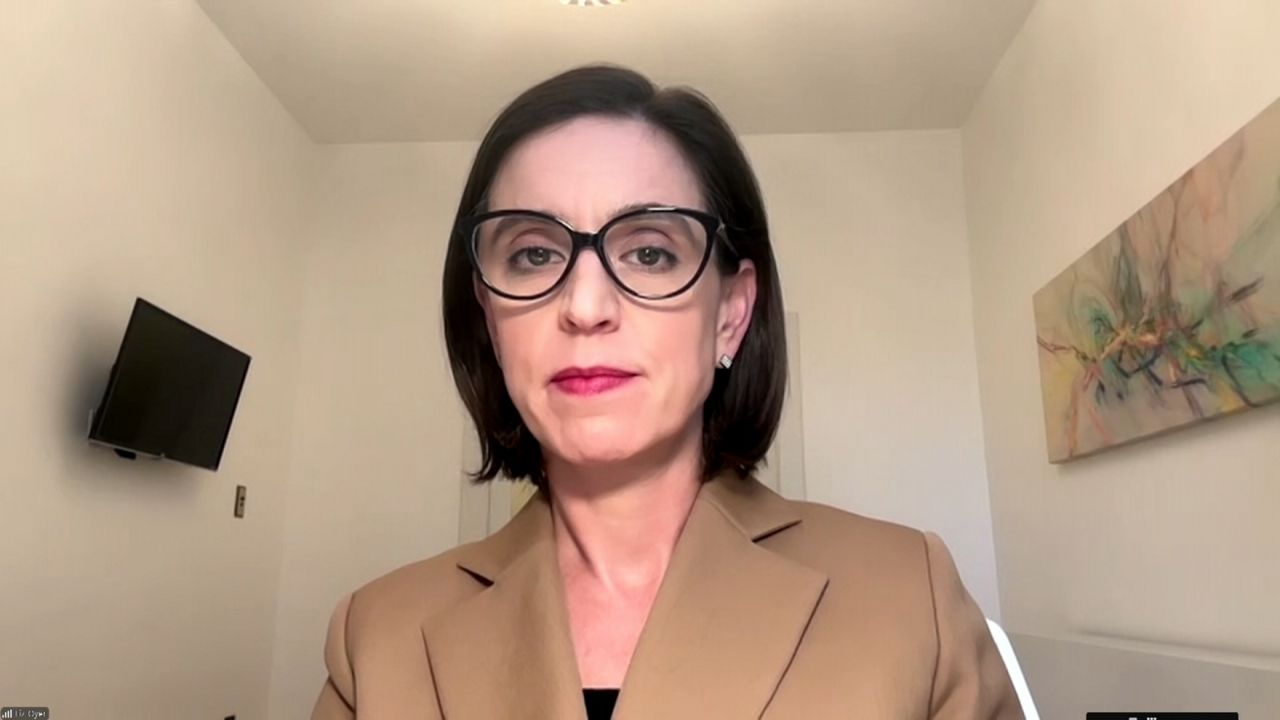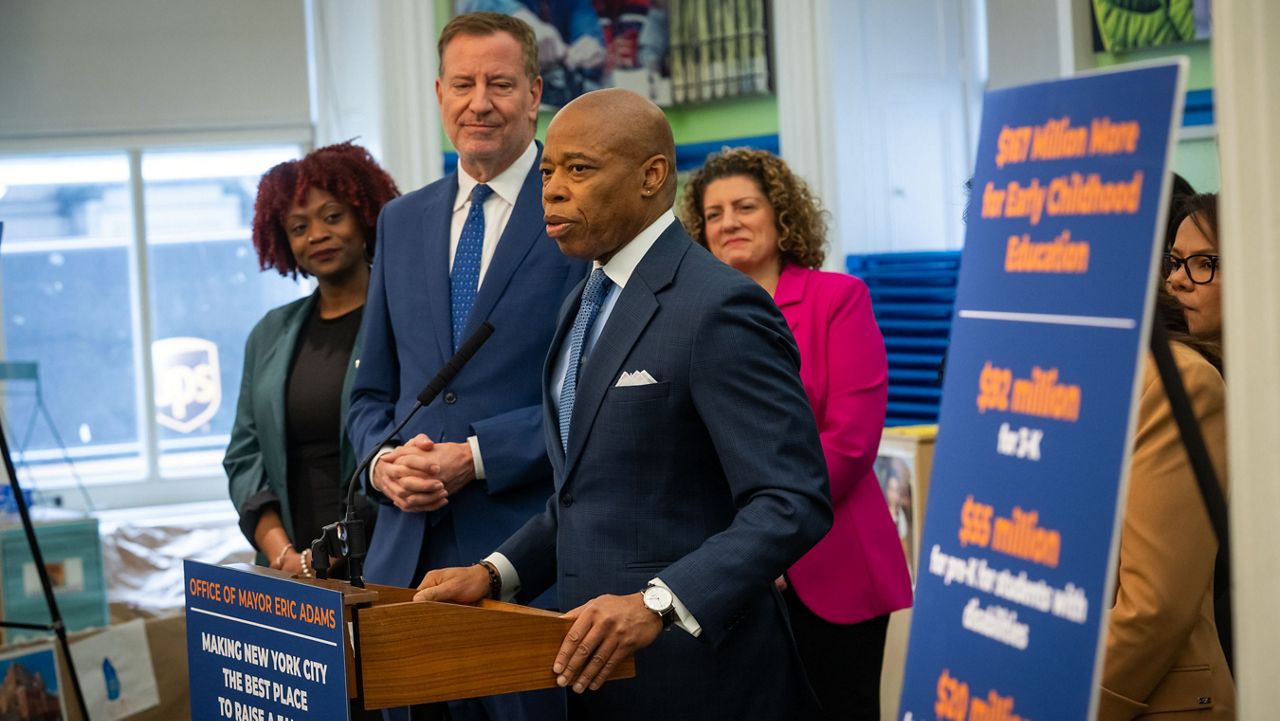New cameras now allow the public to view the progress of the Gateway Tunnel Program. Starting Wednesday, the public can go online to see the construction of the new 4.5-mile two-track rail tunnel under the Hudson River.
“For us, making sure the public has full view of the progress we are making on the project on both sides of Hudson is important,” Gateway Development Commission CEO Kris Kolluri said.
What You Need To Know
- New cameras now allow the public to view the progress of the Gateway Tunnel Program
- The new Hudson Tunnel is being built to increase reliability and capacity of commuters in NJ Transit and Amtak
- The $16 billion project also repairs the 114-year-old existing one track in and one track out — a tunnel that carries passengers throughout the Northeast Corridor
- Both tunnels are expected to be completed in 2038
The $16 billion project is also repairing the 114-year-old existing one track in and one track out — a tunnel that carries NJ transit and Amtrak passengers throughout the Northeast Corridor.
“Four good as new tubes in through and out of New York,” Stephen Sigmund, chief of public outreach for the Gateway Development Commission, said. “It will increase reliability and double capacity between New York and New Jersey.”
The existing tunnel, just south of the Lincoln Tunnel, has been operating since 1910. To this day, officials say it helps move as many as 200,000 commuters a day under the Hudson River on 450 trains.
“This is something that should have been replaced and rehabilitated 30 years ago and we can’t stop,” Sigmund said.
Federal officials announced the full funding of the program in July after years in the making. The second tunnel will eventually increase capacity and create a redundancy to prevent delays that many commuters say they experience in and out of Penn Station. Equipment failures near, or in, the current tunnel have brought train traffic to a halt.
“It essentially creates a concrete box about 40 feet wide and 60 feet deep, which will go to the tracks and signals. Electric systems will then be laid through so all the trains can connect from the tunneling portion to Penn Station,” Sigmund said.
The new tunnel will open in 10 years, then repairs begin on the other tunnel — one track at a time.
The full project is expected to wrap up in 2038.









_PKG_Mayoral_Campaign_041625_CLEAN)

